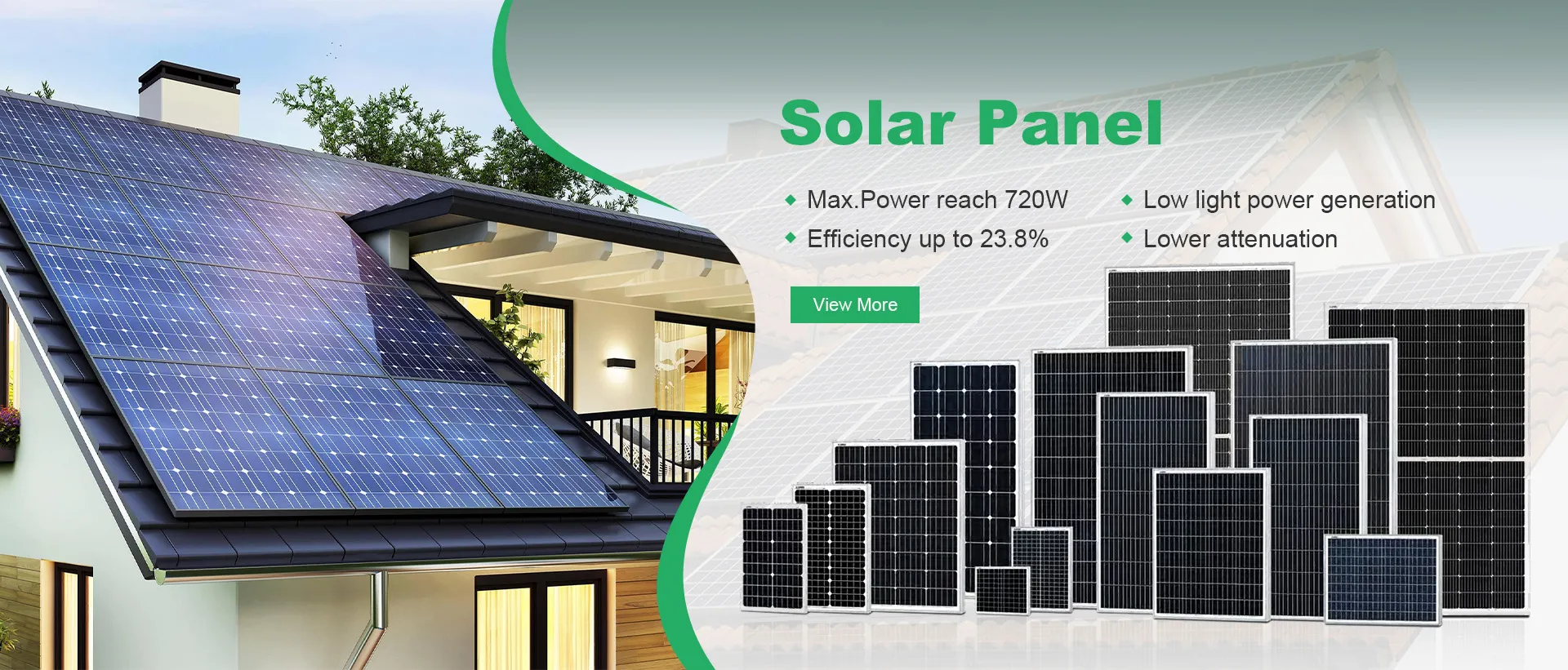Trends and Developments in Solar Panel Efficiency Throughout the Years and Their Impact on Energy Use
The Evolution of Solar Panel Efficiency Over Time
Solar energy has rapidly emerged as one of the most promising sources of renewable energy, thanks to its abundant availability and decreasing costs. At the heart of this transformation lies the efficiency of solar panels, which has seen substantial improvements over the years. As technology evolves and research progresses, the efficiency of solar panels has increased dramatically, paving the way for wider adoption and significant impacts on the fight against climate change.
Historically, the first practical photovoltaic (PV) cell, developed in 1954 by Bell Labs, had an efficiency of about 6%. This was a ground-breaking achievement at the time, as it demonstrated that sunlight could be converted into electricity. However, the early applications of solar panels were limited, primarily due to their low efficiency and high costs. As the technology matured, researchers began focusing on enhancing the efficiency of solar panels through various means, leading to remarkable advances.
The Evolution of Solar Panel Efficiency Over Time
The turn of the century marked a pivotal moment in solar technology. With increased investments and research funding, scientists began to explore new materials and designs, including monocrystalline silicon cells, which boasted efficiencies of 15-20%. At this stage, several breakthroughs contributed to enhancing efficiency, such as passivated emitter rear contact (PERC) technology, which allowed for better light absorption and reduced energy loss.
solar panel efficiency over time

By the 2010s, the landscape had changed dramatically. Efficiency levels surpassed the 20% mark for commercial solar panels, with some high-performance models reaching efficiencies of up to 24% or more. This era also witnessed the rise of thin-film technologies and multi-junction solar cells, which could capture a broader spectrum of sunlight and convert it into electricity more effectively. Notably, multi-junction solar cells, often used in specialized applications like space exploration, achieved efficiencies above 40% in laboratory settings.
Today, ongoing research continues to push the envelope on solar panel efficiency. Innovations like bifacial solar panels, which capture sunlight from both sides, and advances in solar concentrators are making significant inroads. Furthermore, developments in organic photovoltaics and perovskite materials promise to revolutionize the efficiency of solar cells further in the near future. Researchers are currently exploring the integration of advanced nanomaterials and the use of artificial intelligence and machine learning to optimize solar panel design and performance.
As solar technology continues to evolve, the implications are profound. Higher efficiency means that solar panels can generate more electricity with less space, making them increasingly viable for urban environments and reducing the land footprint needed for solar farms. This advancement is crucial in a world striving to transition towards sustainable energy sources and reduce reliance on fossil fuels.
In conclusion, the journey of solar panel efficiency from 6% to over 24% illustrates remarkable progress in renewable energy technology. As we look to the future, it is clear that further innovations will continue to enhance the capabilities of solar energy, making it a cornerstone of a sustainable energy ecosystem. The ongoing commitment to research and development will be essential in unlocking the full potential of solar power, driving down costs, and increasing access to clean energy worldwide.
-
Unlocking Energy Freedom with the Off Grid Solar InverterNewsJun.06,2025
-
Unlock More Solar Power with a High-Efficiency Bifacial Solar PanelNewsJun.06,2025
-
Power Your Future with High-Efficiency Monocrystalline Solar PanelsNewsJun.06,2025
-
Next-Gen Solar Power Starts with Micro Solar InvertersNewsJun.06,2025
-
Harnessing Peak Efficiency with the On Grid Solar InverterNewsJun.06,2025
-
Discover Unmatched Efficiency with the Latest String Solar InverterNewsJun.06,2025







